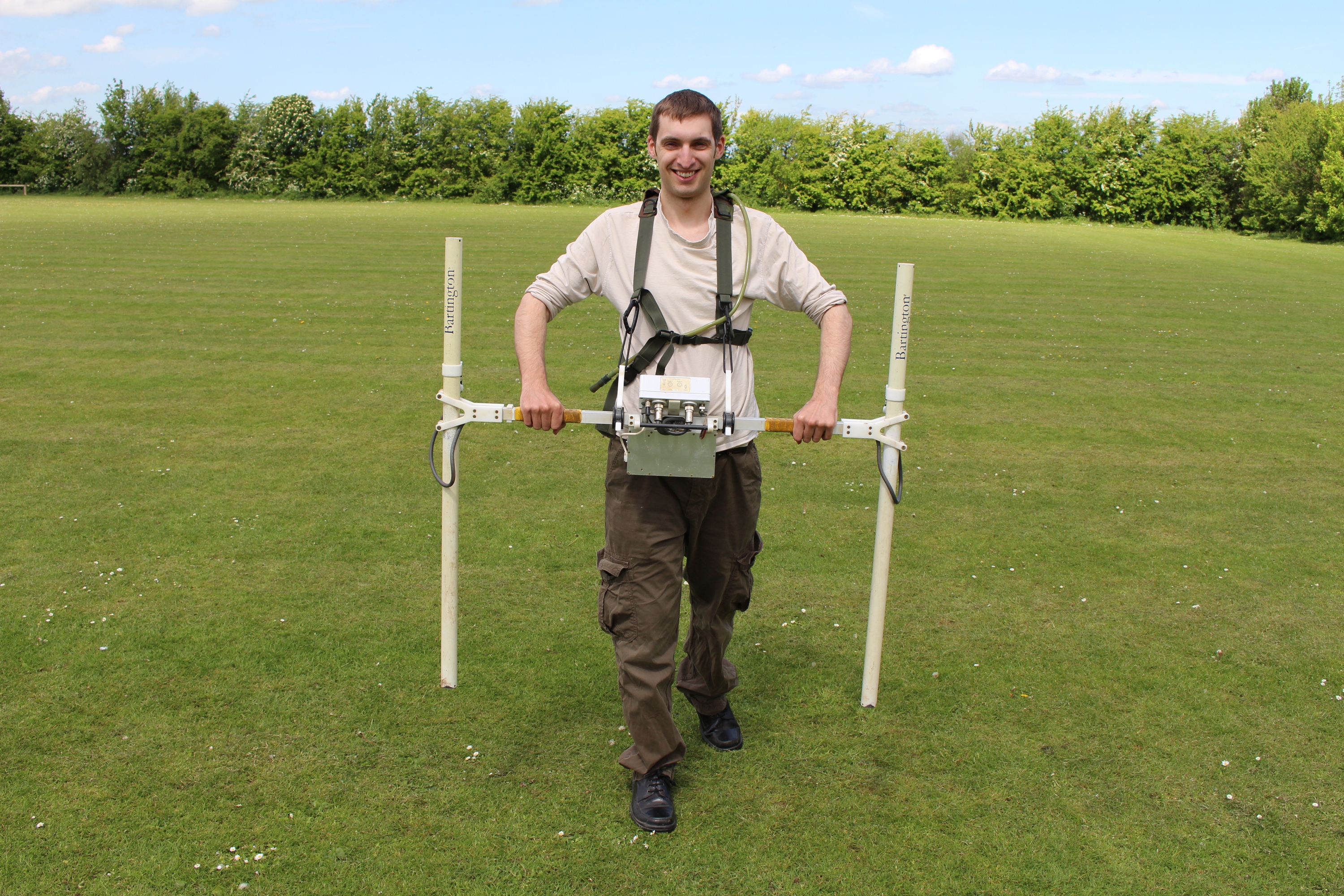All Categories
Featured
Table of Contents
An Assessment Of Geophysical Survey Techniques For ... in Joondalup WA 2022
Much of the image includes blank locations now with little or no radar reaction. The "yard" wall is still showing highly, however, and there are continuing recommendations of a difficult surface area in the SE corner. Time piece from 23 to 25ns. This last slice is now practically all blank, but a few of the walls are still revealing strongly.
How deep are these slices? The software application I have access to makes estimating the depth a little challenging. If, nevertheless, the leading 3 pieces represent the ploughsoil, which is most likely about 30cm think, I would think that each piece is about 10cm and we are just coming down about 80cm in overall.

Fortunately for us, the majority of the sites we have an interest in lie just below the plough zone, so it'll do! How does this compare to the other methods? Contrast of the Earth Resistance data (top left), the magnetometry (bottom left), the 1517ns time slice (top right) and the 1921ns time slice (bottom left).
Surface Geophysical Methods - Us Epa in Langford Australia 2023
Magnetometry, as discussed above, is a passive method measuring regional variations in magnetism against a localised zero value. Magnetic susceptibility survey is an active technique: it is a procedure of how magnetic a sample of sediment might be in the existence of a magnetic field. Just how much soil is evaluated depends upon the diameter of the test coil: it can be really little or it can be reasonably large.
The sensor in this case is extremely small and samples a tiny sample of soil. The Bartington magnetic vulnerability meter with a big "field coil" in use at Verulamium throughout the course in 2013. Top soil will be magnetically improved compared to subsoils simply due to natural oxidation and decrease.
By determining magnetic vulnerability at a fairly coarse scale, we can detect locations of human profession and middens. We do not have access to a trusted mag sus meter, but Jarrod Burks (who helped teach at the course in 2013) has some exceptional examples. One of which is the Wildcat site in Ohio.
Geophysical Survey: Plotting Buried Traces Of Human Activity in Kensington Australia 2021
These villages are typically laid out around a central open location or plaza, such as this reconstructed example at Sunwatch, Dayton, Ohio. The magnetic vulnerability survey helped, nevertheless, specify the primary area of profession and midden which surrounded the more open location.
Jarrod Burks' magnetic susceptibility study arises from the Wildcat site, Ohio. Red is high, blue is low. The method is for that reason of great usage in specifying locations of basic profession rather than identifying specific functions.
Geophysical surveying is an applied branch of geophysics, which uses seismic, gravitational, magnetic, electrical and electromagnetic physical methodologies at the Earth's surface to measure the physical homes of the subsurface - Geophysical Surveys Definition & Meaning In Stock ... in Gooseberry Hill Australia 2023. Geophysical surveying approaches normally measure these geophysical properties along with anomalies in order to assess different subsurface conditions such as the presence of groundwater, bedrock, minerals, oil and gas, geothermal resources, voids and cavities, and much more.
Latest Posts
Course: Basics In Geophysical Surveying in Langford WA 2022
Geophysicist Careers in Munster Aus 2021
Airborne Geophysical Surveys in Caversham WA 2020